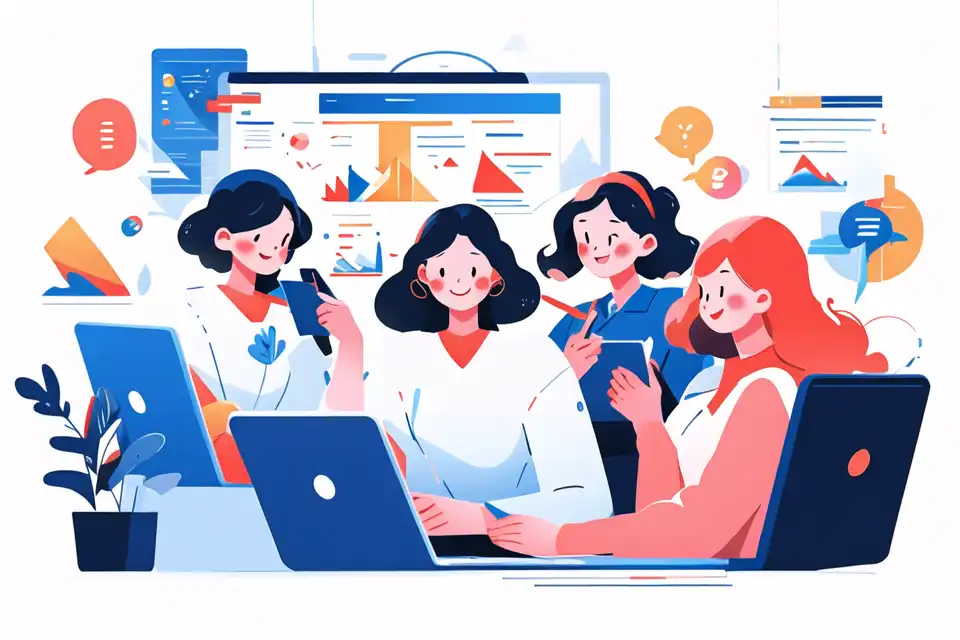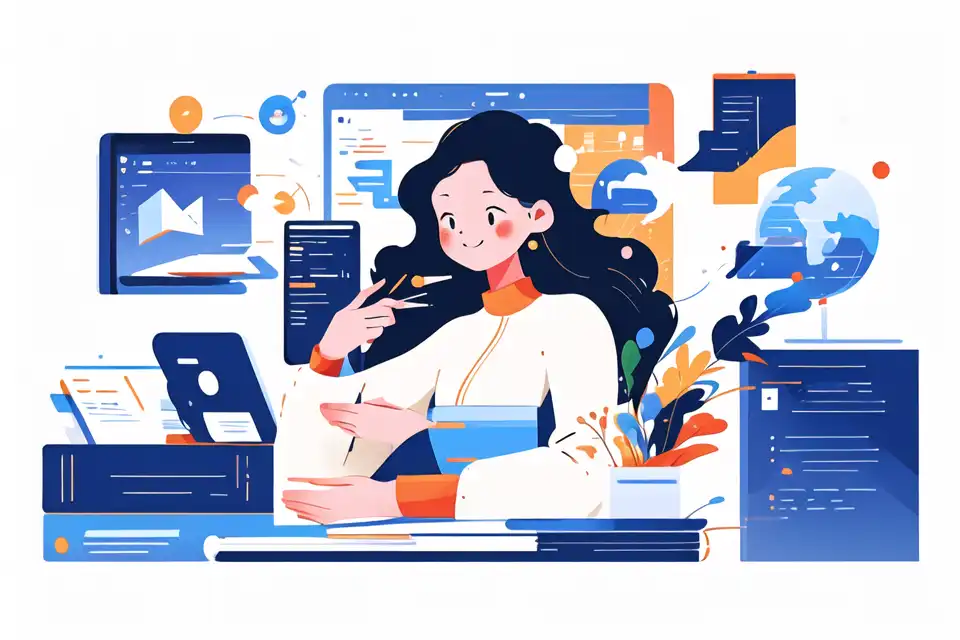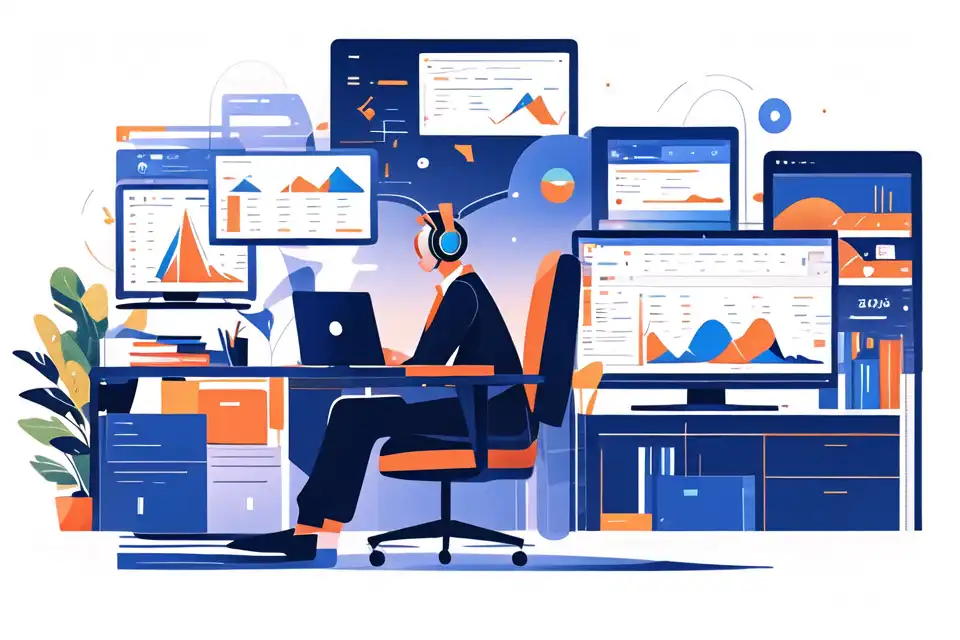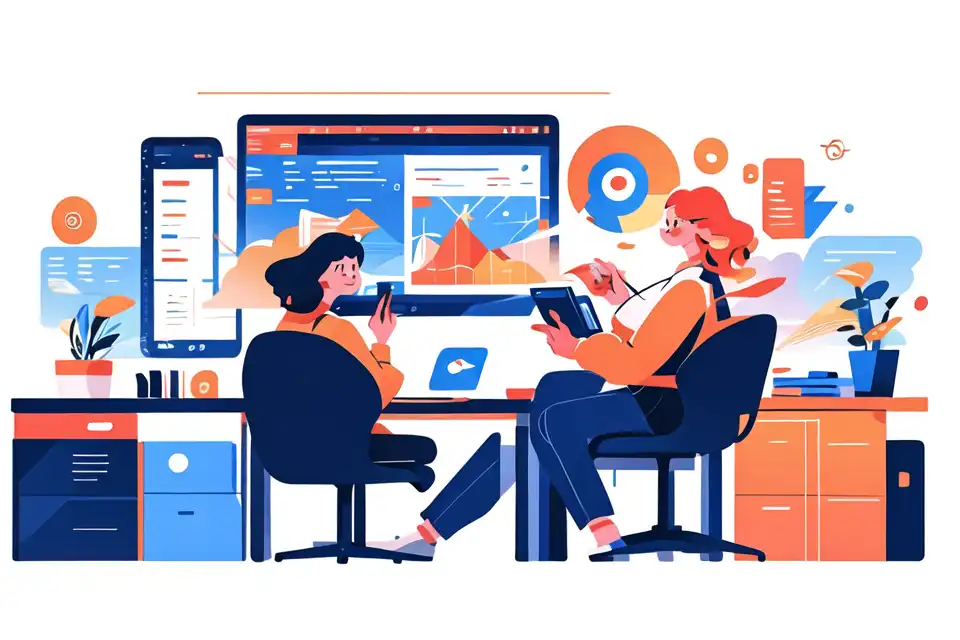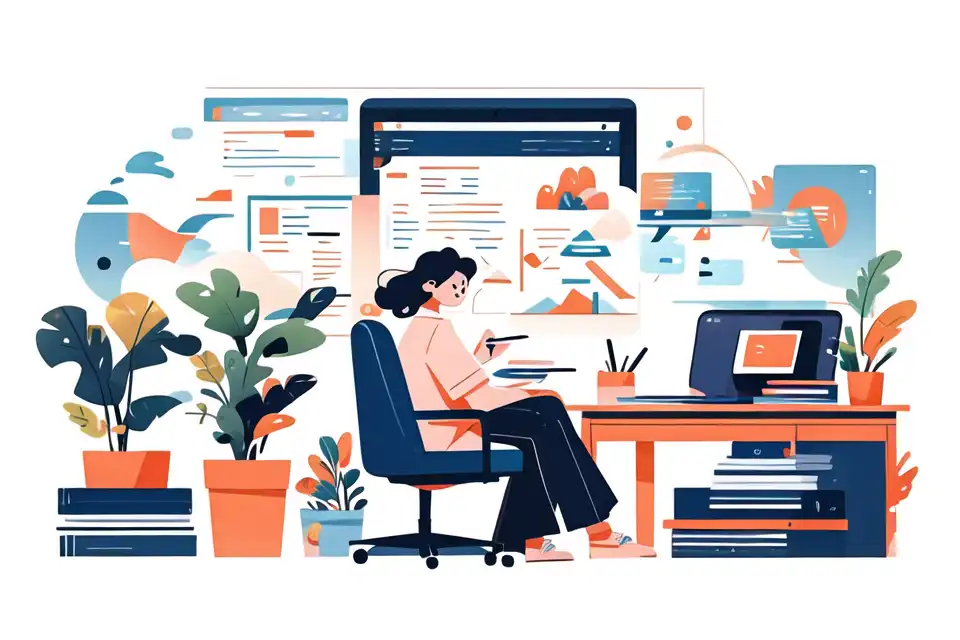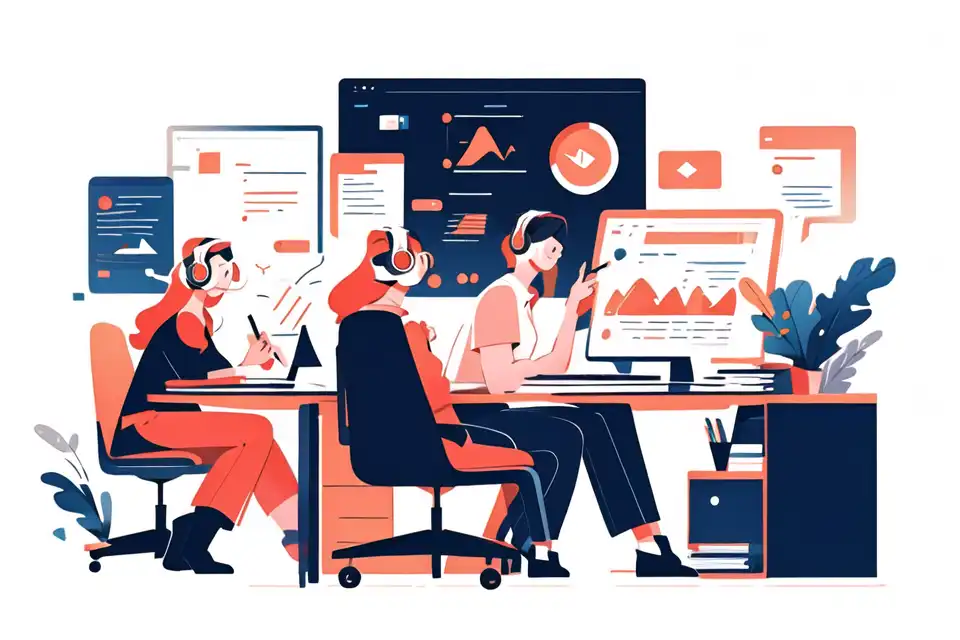How to Follow Up on a Previous Conversation Professionally
Master the art of professional communication in business settings with expert guidance. Learn how to follow up on a previous conversation professionally.
Try Lark for Free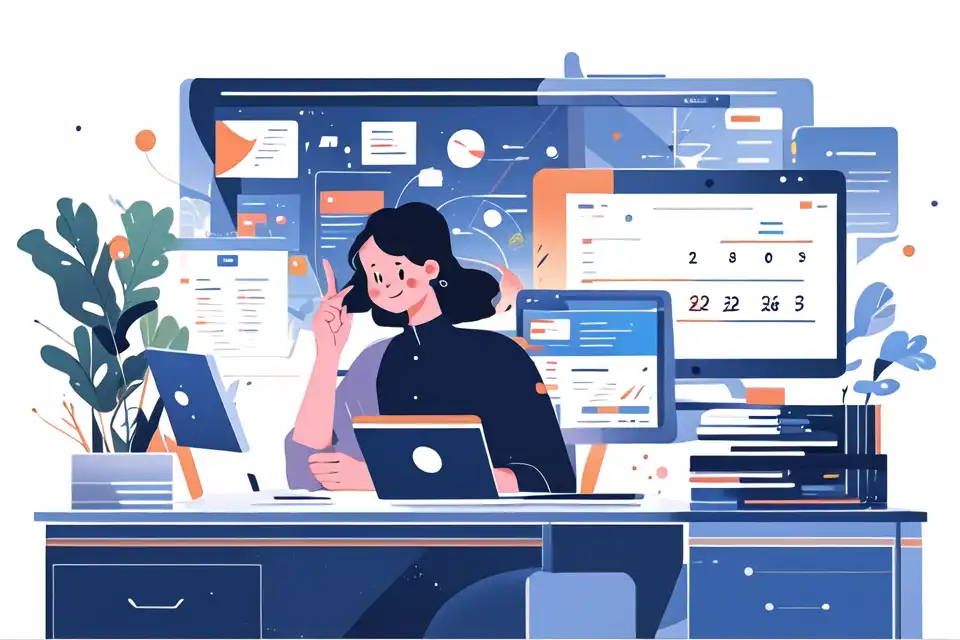
In the professional world, effective communication is not just about what is said during a conversation, but also about what happens afterward. This article delves into the crucial skill of following up on a previous conversation professionally. Whether it's in the context of business negotiations, networking, or maintaining relationships with clients, knowing how to navigate post-conversation interactions can be the key to success.
Why understanding professional follow-up matters
In today's fast-paced and competitive business environment, the ability to follow up professionally can make or break relationships and opportunities.
- Maintaining a proactive and considerate approach after a conversation fosters a positive image and leaves a lasting impression.
- Professionalism in follow-up communication reflects strong work ethics and portrays a commitment to nurturing relationships and delivering value.
- Timely and considerate follow-up illustrates reliability and respect for others' time and commitments.
Use Lark Messenger to elevate your team communication.
Practical examples of dealing with professional follow-up
Example 1: navigating unfamiliar territory
Example 1: navigating unfamiliar territory
In a scenario where the conversation was with a senior executive, the lack of familiarity with professional follow-up approaches can lead to missed opportunities or even unintentional offense. In such instances:
-
Common mistakes include either overstepping boundaries with overly familiar language or being overly formal, which can create a distance.
-
Utilizing phrases like "It was a pleasure speaking with you" or "I appreciate your insights" can demonstrate respect and interest without being overly casual or formal.
Example 2: revisiting a missed connection
Example 2: revisiting a missed connection
When a conversation has not led to the expected outcomes, a follow-up conversation is crucial. The wrong tone or content can deter further engagement.
-
Common mistakes include being overly apologetic or too pushy, which can alienate the other party.
-
The phrase "I enjoyed our conversation and would appreciate the opportunity to explore the points we discussed further" exudes positivity and readiness for further collaboration.
Example 3: capitalizing on networking opportunities
Example 3: capitalizing on networking opportunities
In networking scenarios, failure to follow up professionally can result in missed networking opportunities or diminished professional standing.
-
Common mistakes include generic or delayed follow-ups, which may dilute the initial impact and connection.
-
Employing phrases like "I valued our discussion and look forward to continuing our conversation at the upcoming event" can signal genuine interest and reinforce rapport.
Example 4: strengthening client relationships
Example 4: strengthening client relationships
In client-facing roles, effective follow-up directly impacts client satisfaction and business retention.
-
Common mistakes involve inadequate personalization or lack of acknowledgment for the client's specific needs and concerns.
-
Phrases such as "Your insights during our discussion have given me valuable perspective, and I am committed to addressing the points we covered thoroughly" can convey attentiveness and dedication.
Consequences of ineffective or lack of professional follow-up
- Missed Opportunities: Failure to follow up professionally can lead to missed opportunities for collaboration, growth, or potentially lucrative engagements.
- Damaged Reputation: Inadequate or inappropriate follow-up can damage one's professional reputation, painting a negative image of reliability and respectfulness.
- Relationship Deterioration: Without proper follow-up, relationships built during conversations can lose momentum and fizzle out, hampering potential future collaboration or support.
Learn more about Lark x Communication
Use Lark Messenger to elevate your team communication.
Methods of crafting professional follow-up messages
To ensure your follow-up messages radiate professionalism and sincerity:
- Method 1: Personalization – Tailor your message based on the specifics of the previous conversation, showing attentiveness and consideration.
- Method 2: Clarity – Ensure your communication is transparent and precise, leaving no room for ambiguity or misunderstanding.
- Method 3: Timeliness – Send follow-up messages promptly to demonstrate reliability and respect for the other party’s time.
Do's and dont's when following up professionally
| Do's | Don'ts |
|---|---|
| Express genuine gratitude for the conversation and insights shared. | Avoid being overly casual or informal, especially in professional settings. |
| Acknowledge any action points or commitments made during the conversation. | Refrain from using generic templates or impersonal language. |
| Propose next steps or a continuation of the dialogue to keep the momentum going. | Don't pressure or expect immediate responses, allowing the other party time to respond as per their convenience. |
Conclusion
Understanding and applying the nuances of professional follow-up is an essential aspect of building and nurturing successful professional relationships. It not only reflects competence and courtesy but also strengthens one’s reputation and reliability. Mastering the art of professional follow-up can significantly enhance one's professional endeavors.
